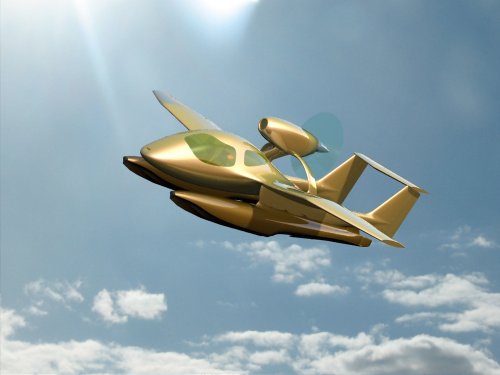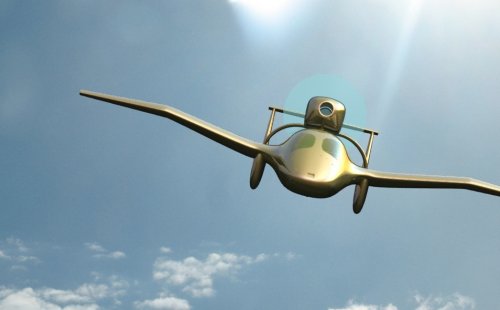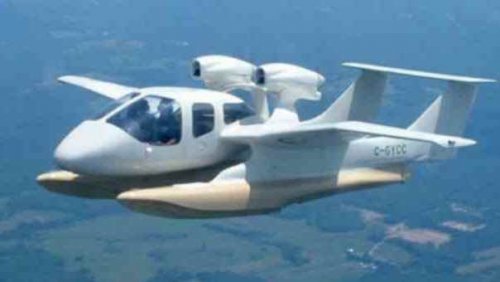- Joined
- 26 May 2006
- Messages
- 33,552
- Reaction score
- 13,661
Hi,



CreativeFlight.com is for sale | HugeDomains
100% satisfaction guaranteed on every domain we sell. 30-day, no questions asked, money-back guarantee. Easy, fast and convenient shopping.
www.creativeflight.com

CreativeFlight.com is for sale | HugeDomains
100% satisfaction guaranteed on every domain we sell. 30-day, no questions asked, money-back guarantee. Easy, fast and convenient shopping.
www.creativeflight.com
Attachments
Last edited:



